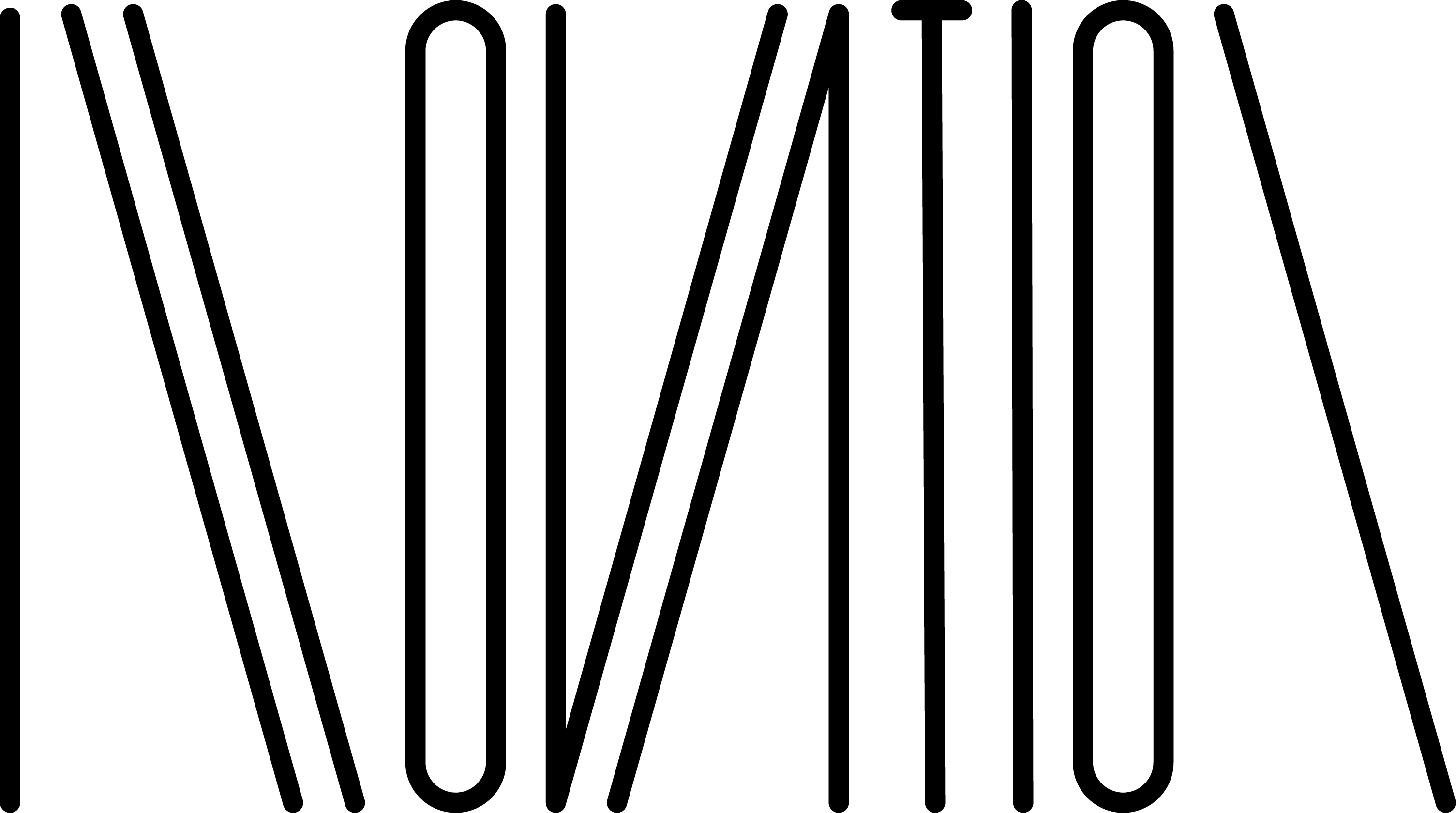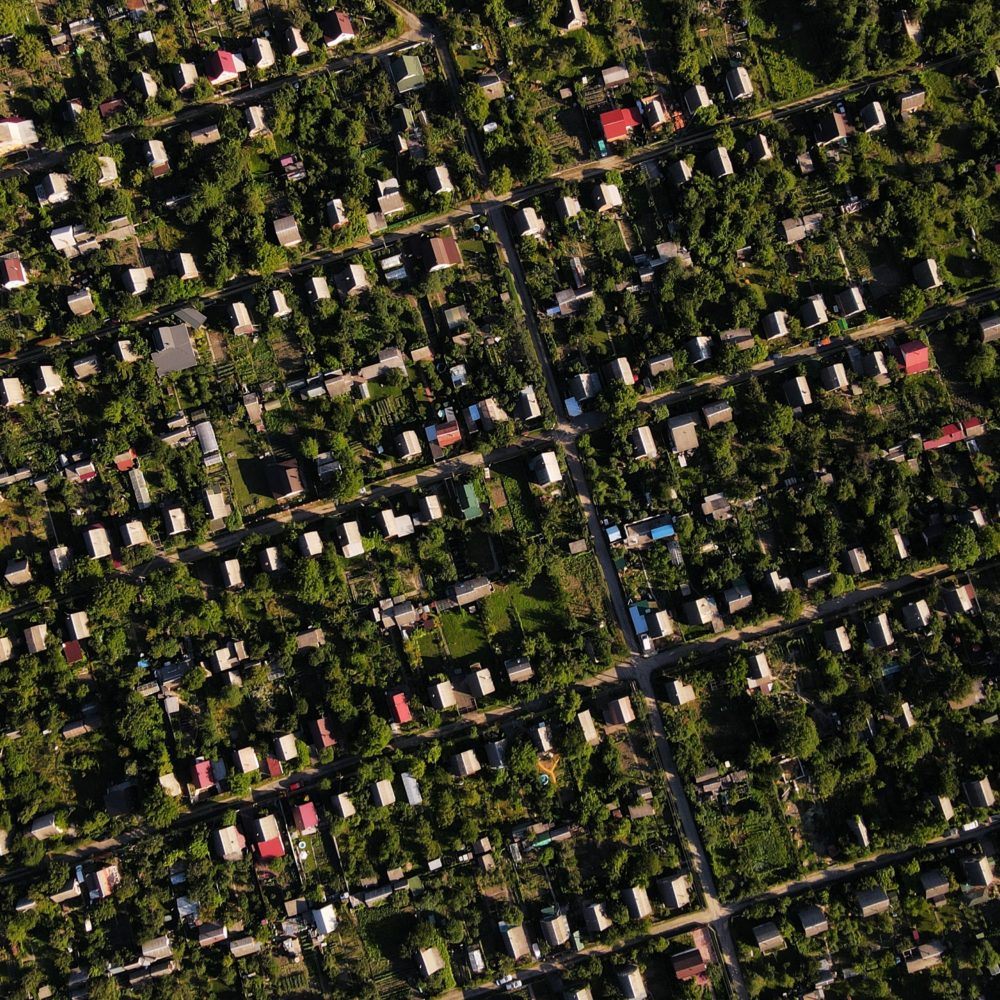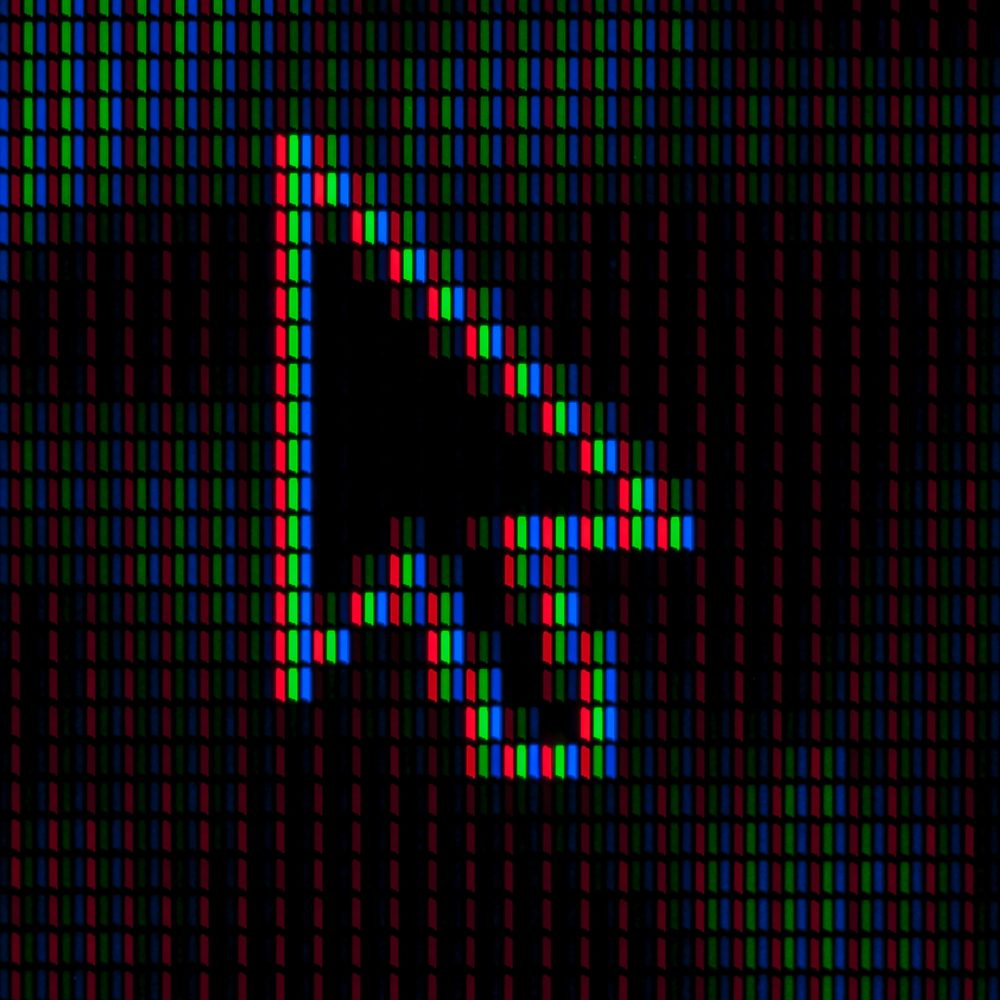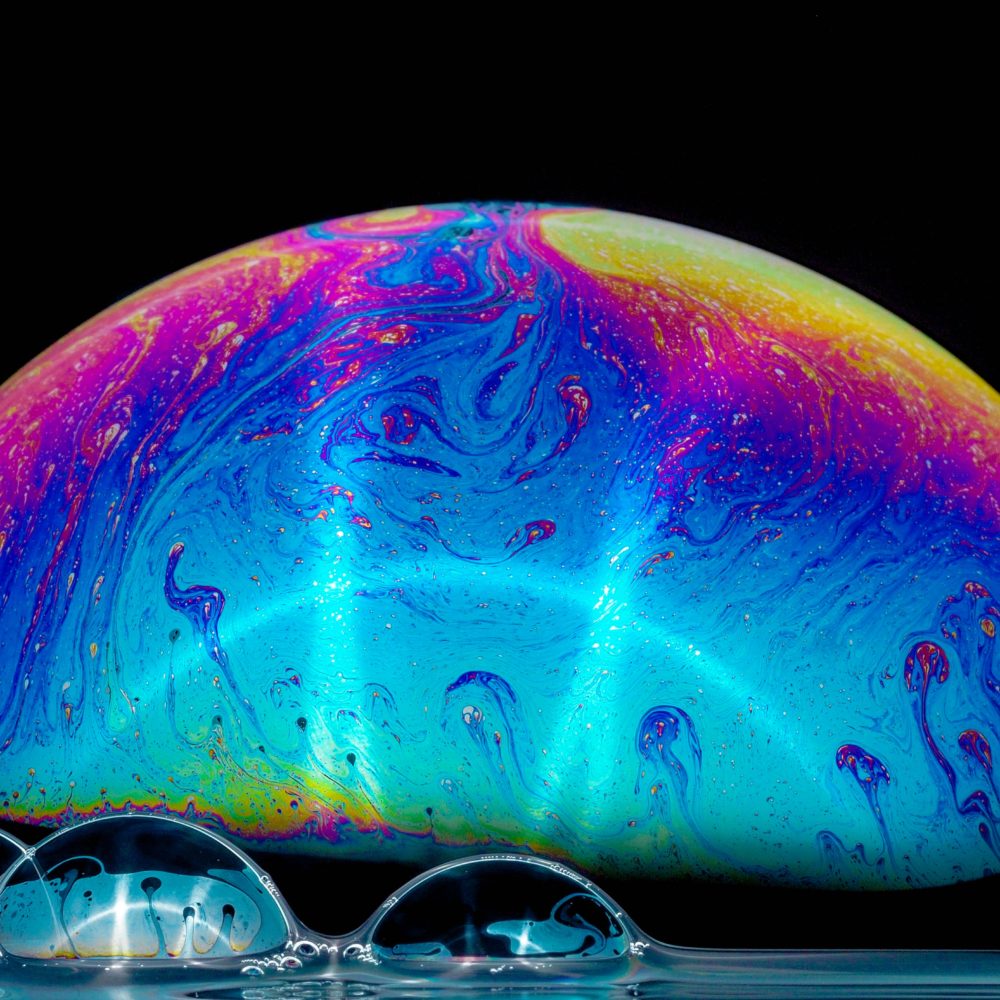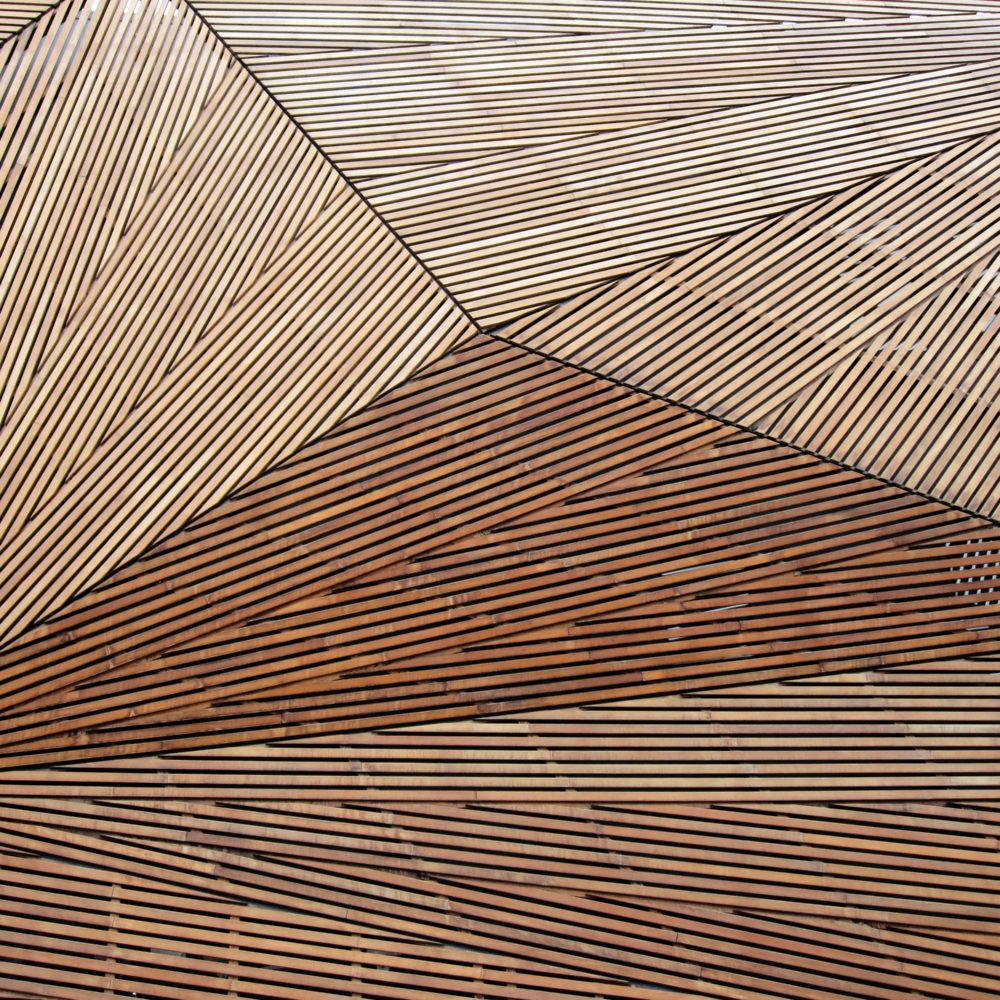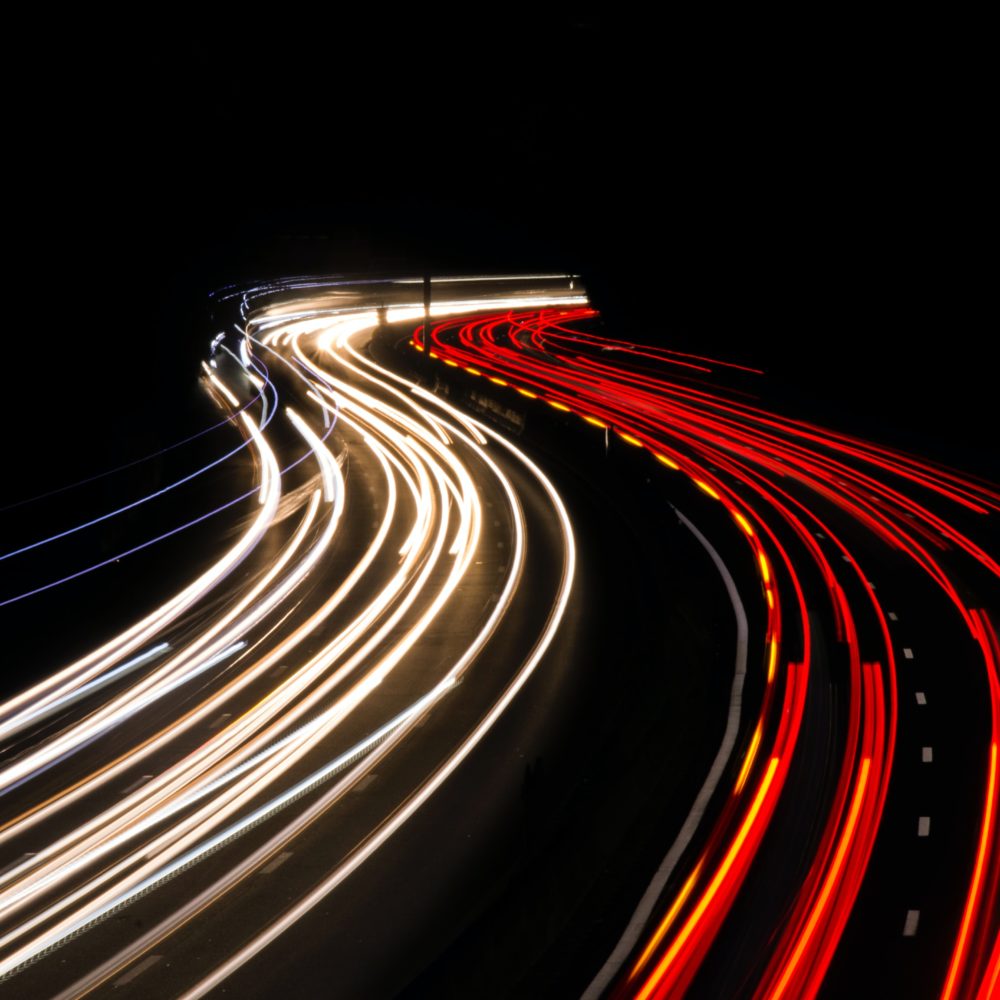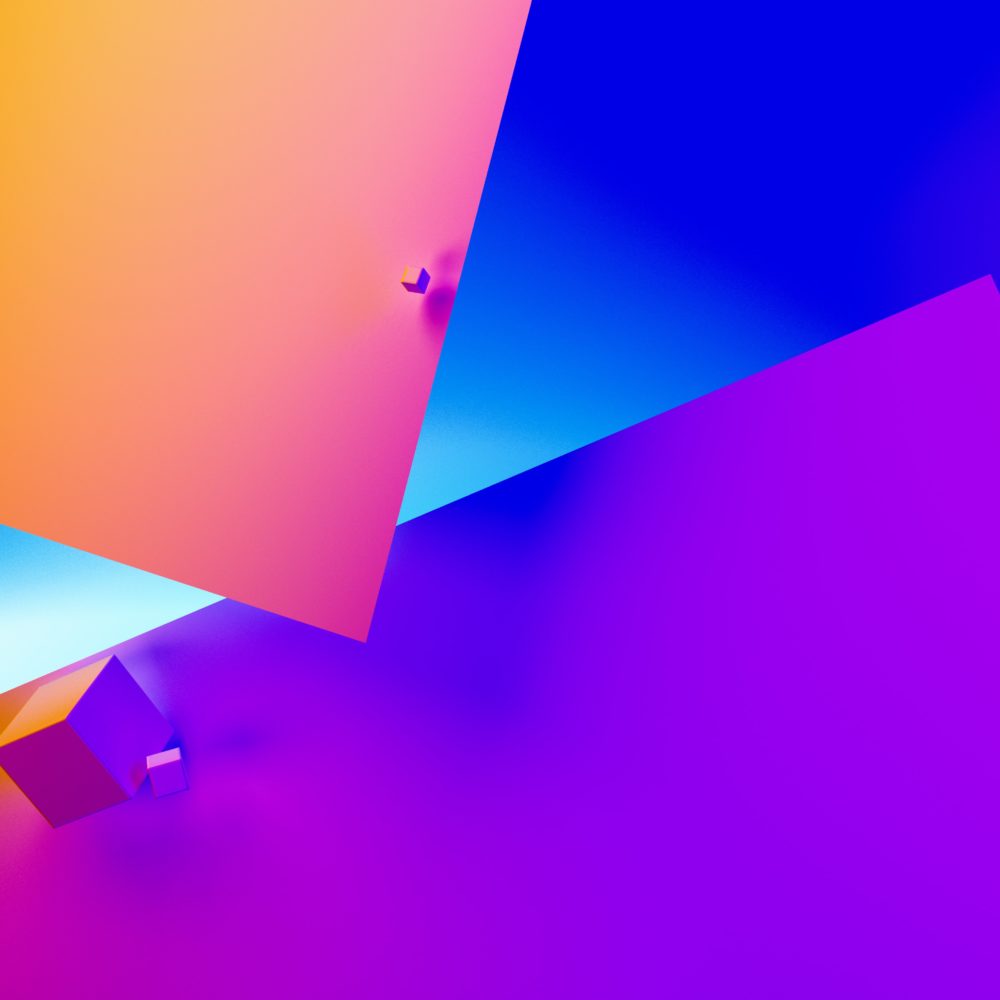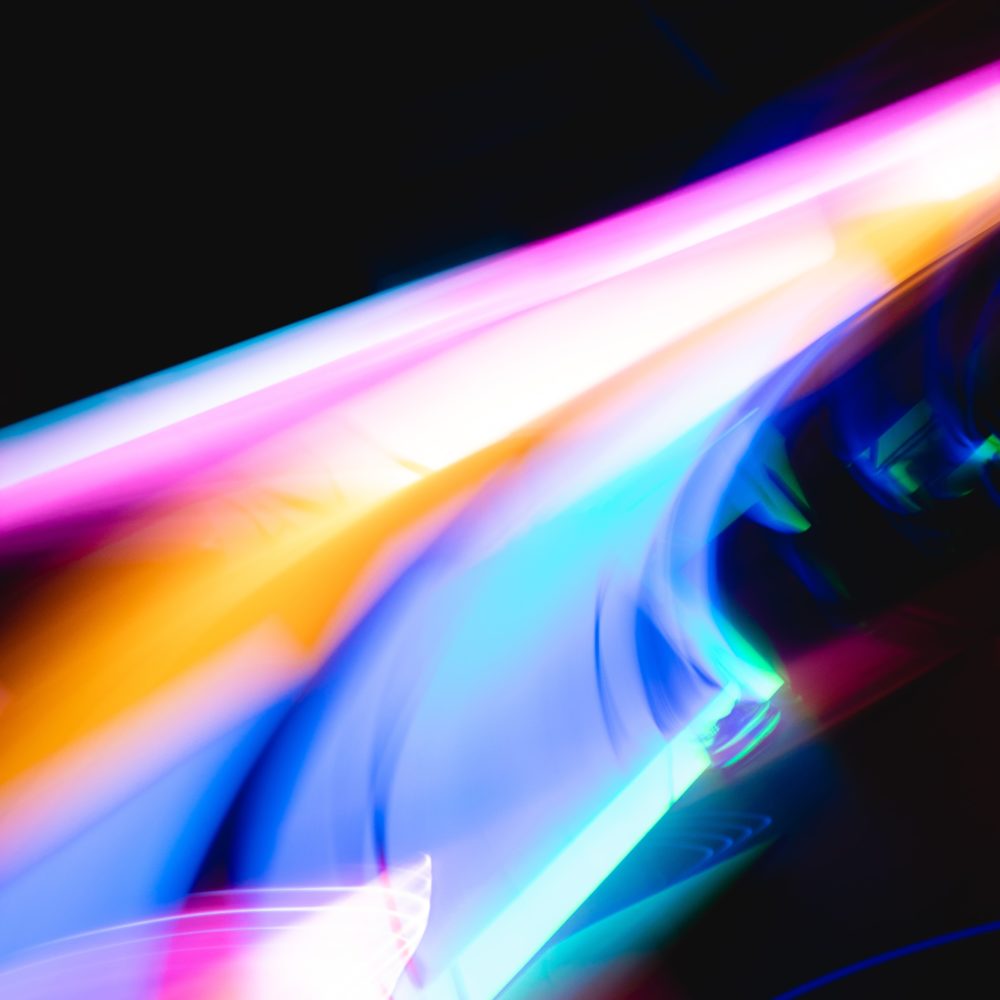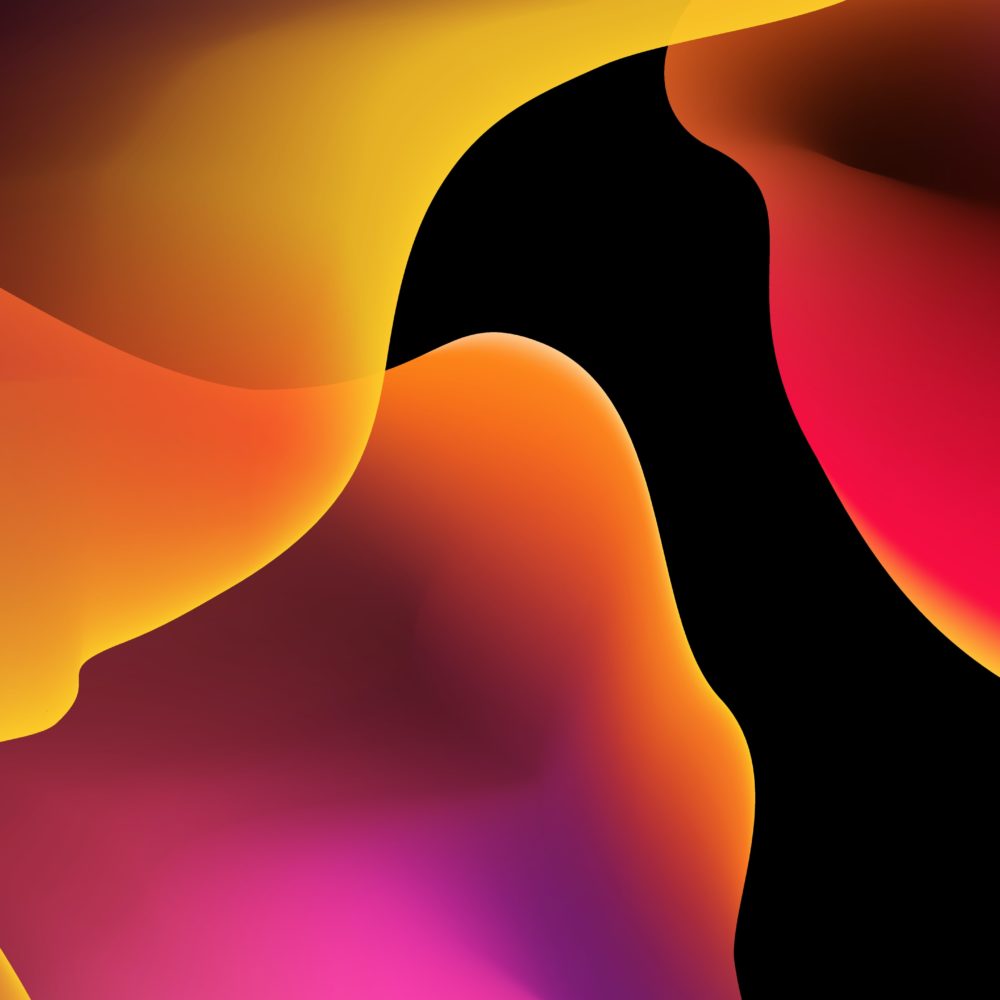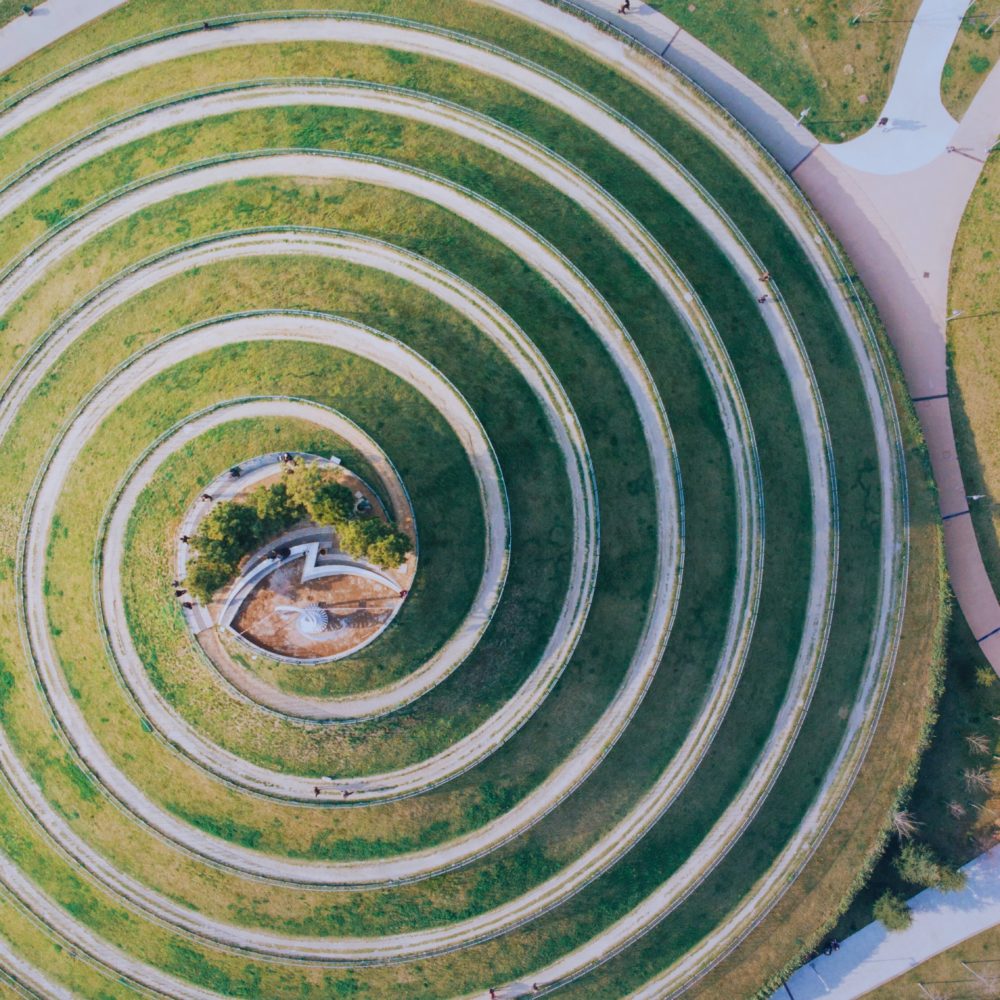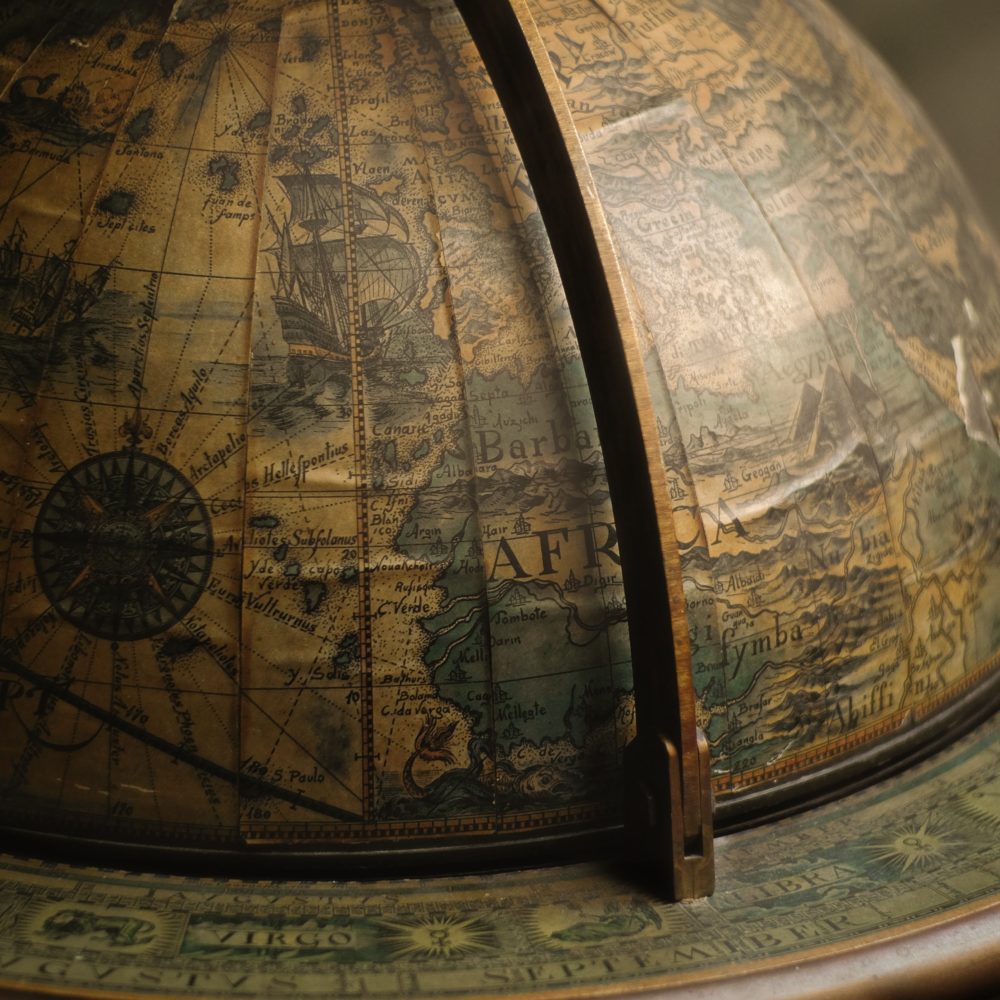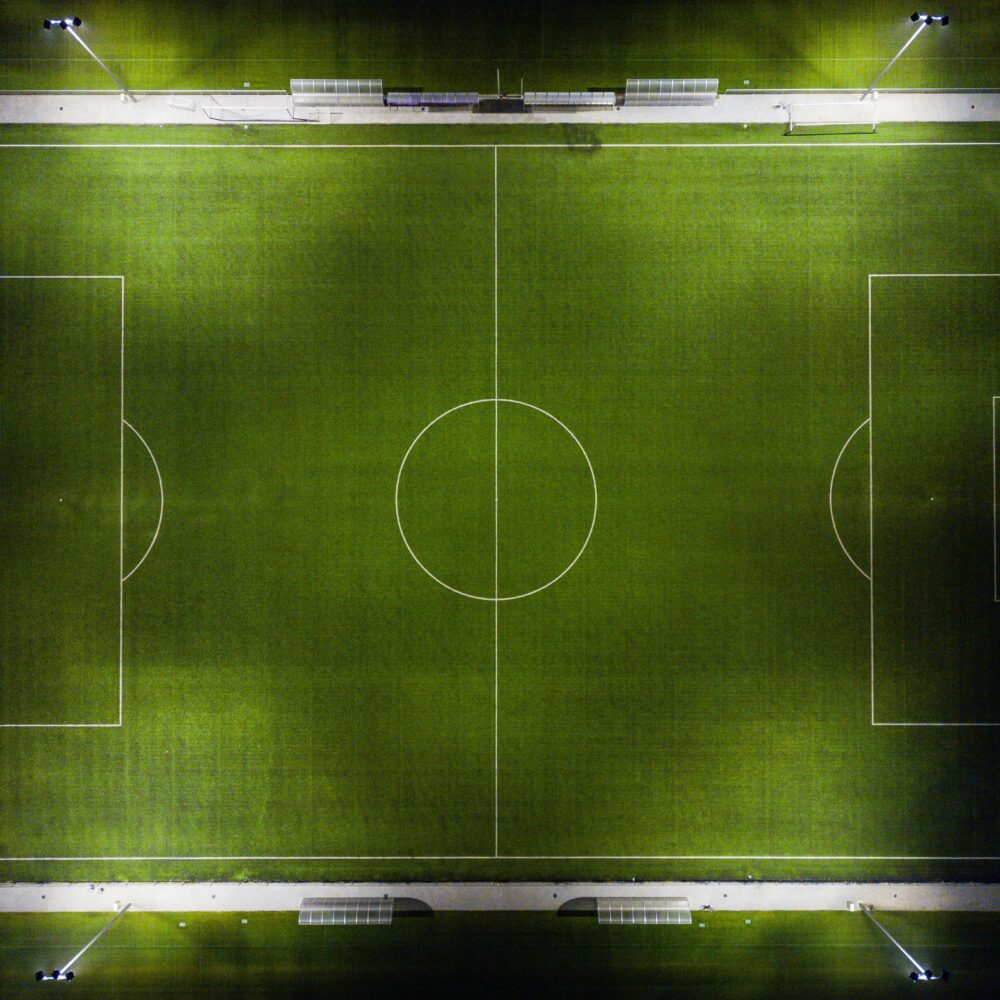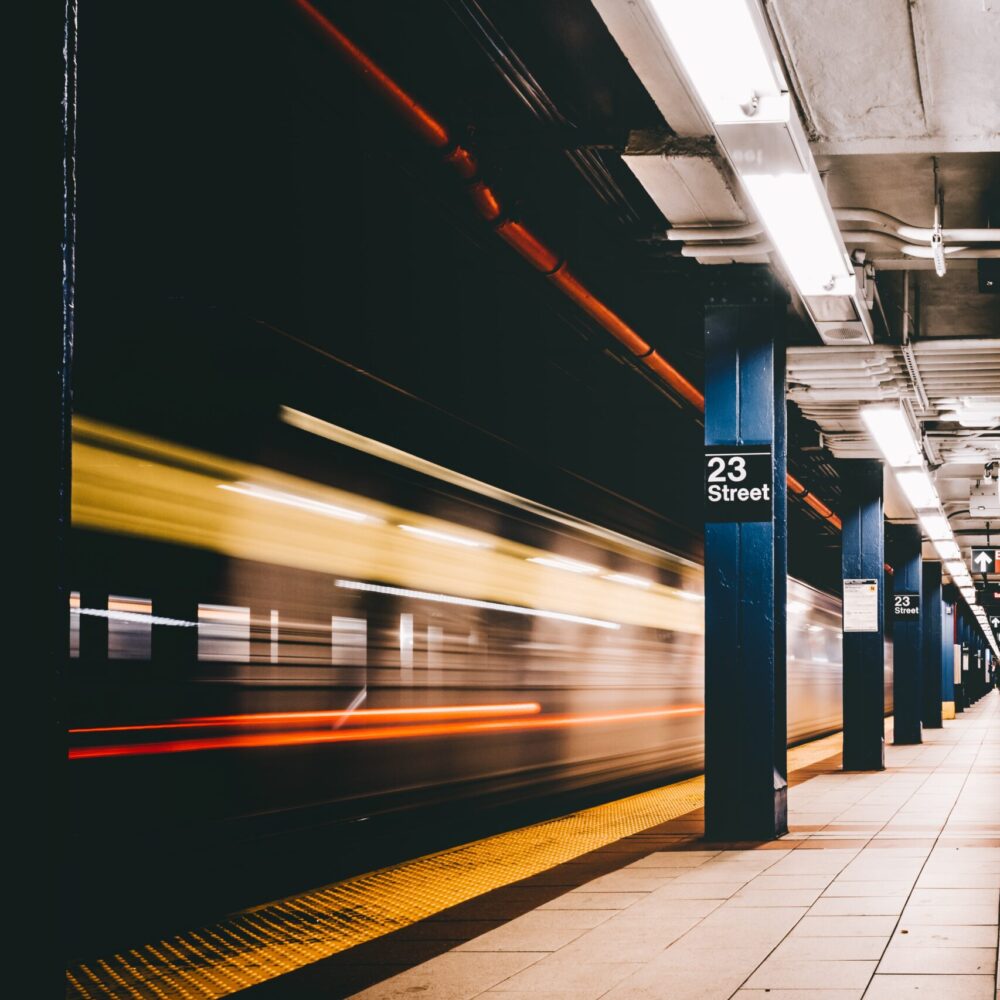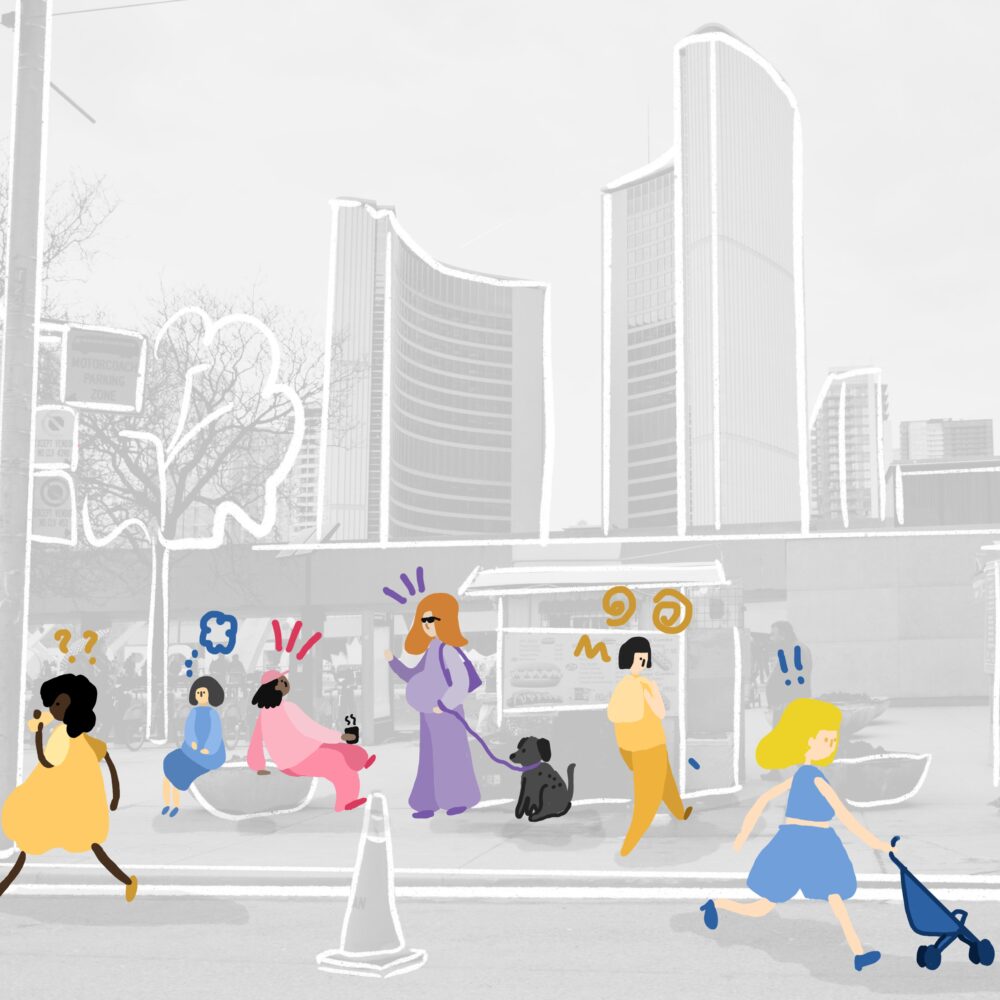Healthy Workplaces Through the Human Lens
David Cordell, Jon Penndorf, Haley Nelson*
FALL 2016

Before teaming on this Innovation Incubator, The People Lens, David and Jon partnered on another one: Weathering the Storm: Resiliency Planning and Its Effects on Mental Health. And for the past eight years, they have together served as Sustainability Leaders in their Washington, D.C. studio.
A partnership based on shared goals has proven a good foundation for ongoing collaboration. Their study of reducing stresses during a crisis morphed into a general question of how design can impact human health on a holistic basis.
“There’s a need to address the total wellness of a human being—not just the physical aspects, but the mental, social , psychological, and spiritual,” says Jon, a senior project manager who also frequently consults on projects with high-performance sustainability goals. “We wanted to address some of those lesser-known dimensions.”
According to the U.S. Centers for Disease Control and Prevention (CDC), 20% of an individual’s health status is related to the quality of their environment. The public appetite for understanding how the environment impacts health has increased steadily in recent years, and our industry is responding. From the seed of LEED has blossomed WELL, Fitwel, RELi, the Living Building Challenge—and myriad other wellness rating systems. With the influx of options, questions about the best approach are inevitable.

David, a senior technical coordinator who works primarily on corporate offices, describes the need for a “conversation starter” to help target clients’ specific wellness goals. Jon agrees: “We can’t just talk about well-being in terms of designing to checklists.”
The Energy Project is a consulting firm focused on driving high performance by harnessing four key areas of well-being: physical, emotional, mental, and spiritual.
To frame their approach, they adopted the four-quadrant lens espoused by The Energy Project. David points out that a lower literacy around topics of mental health make people hesitant to talk about, say, how space impacts someone’s psychology. “The other components are less concrete, so they often get pushed to the wayside.”
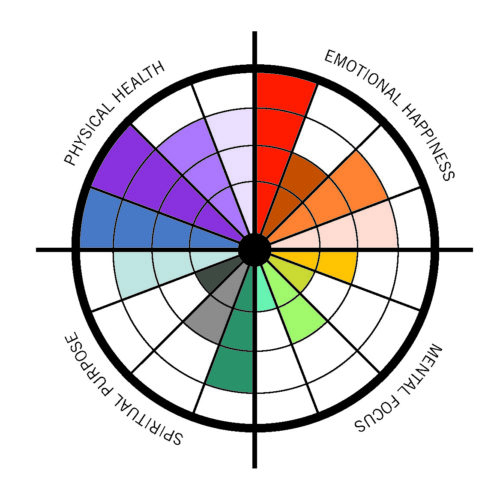
The team used The Energy Project’s four-quadrant definition of well-being to guide their framework.
Using this more holistic, “whole-person wellness” framework, David and Jon conducted a thorough (and at times painful) assessment of nine wellness rating systems, cross-referencing the platforms’ various pre-requisites and credits with categories of well-being. The outcome was a searchable database that identified overlaps and gaps.
They then developed a workshop toolkit that included a sample agenda, PowerPoint presentation that introduced their concepts, and a series of “playing cards” to facilitate discussion around the wellness strategies. The workshop was designed to be scalable, depending on the project size and scope, and inclusive of operational steps that could supplement or replace physical design interventions.
“We often say ‘we can design to LEED Silver in our sleep.’ Now, we can also talk to the different dimensions of human health in a more conversive way.”
― JON
David and Jon say that using the slide deck with clients has increased their fluency on the topic. “We often say ‘we can design to LEED Silver in our sleep,’” Jon says of a running joke in the studio. “Now, we can also talk to the different dimensions of human health in a more conversive way.”
What’s certain is the conversation will continue, especially in light of recent global challenges. Jon tells the story of a client who reported that what the staff missed most during work from home was the social interaction. “That helps support the stance that mental and social health are just as important as physical health,” says Jon.
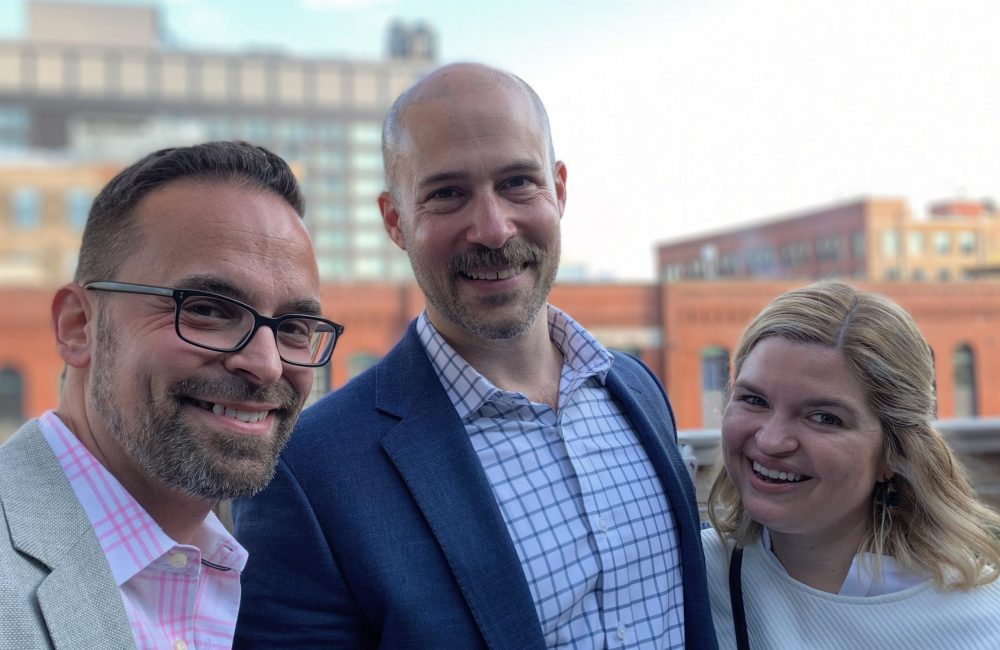
Jon (left), David, and Haley
Between the two of them, David and Jon have completed four Innovation Incubator projects. (Jon even joined the Innovation Incubator Committee to follow his passion.) So, what keeps them coming back?
“It’s like being back in school again where you can be the master of your own destiny,” says David. “If you see an opportunity for research to better inform how you’re working, it’s a great way to do that research without a project bearing the burden.”
Jon points out that innovation is more than just fun; it’s essential. “Architecture is a profession that thrives on it. Otherwise, we’d still be thatching roofs to survive the winter,” he says. “If we don’t innovate, we risk becoming stagnant and not open to new ways of doing things.”
*former Perkins&Will employee
More Stories
